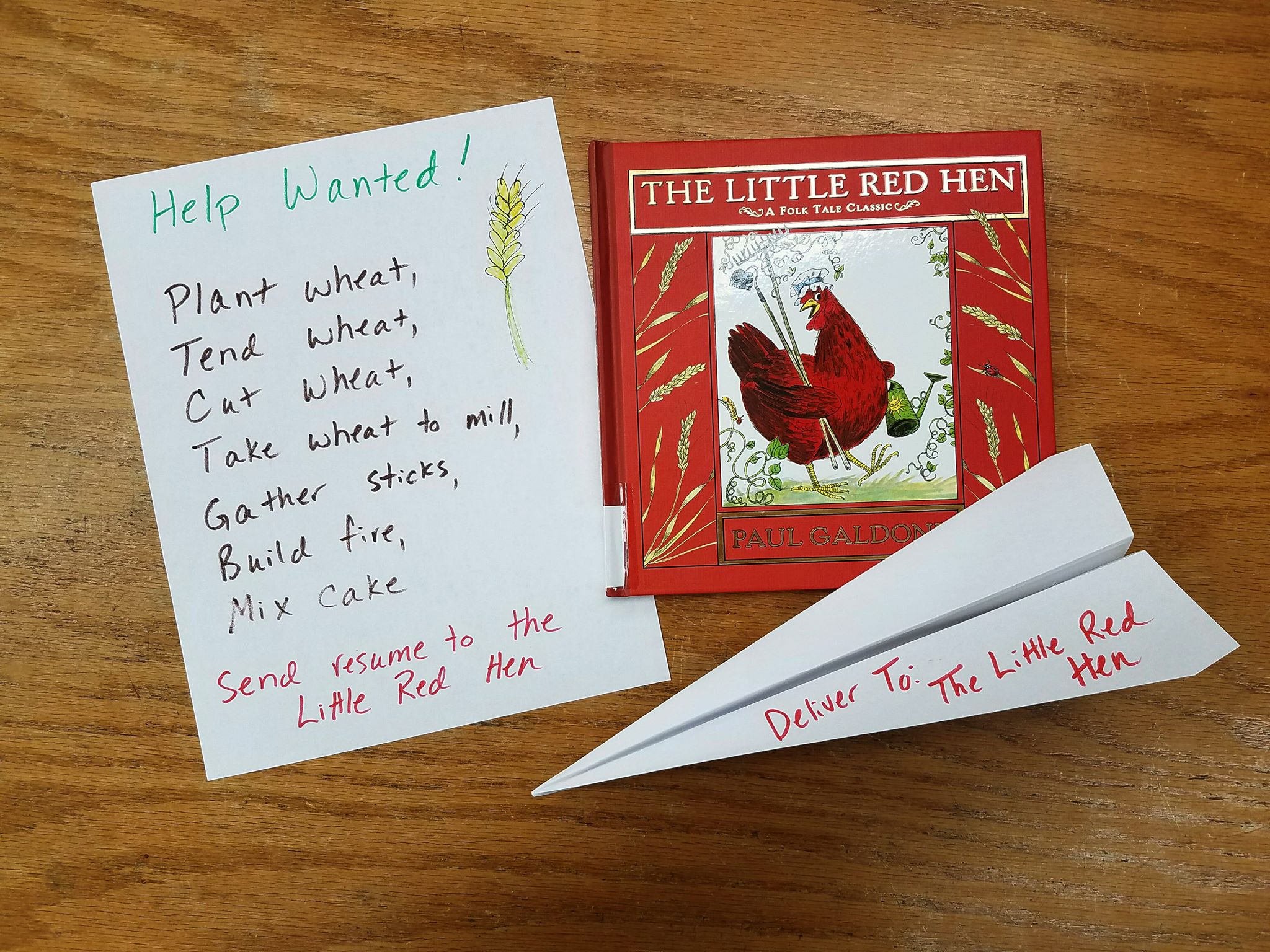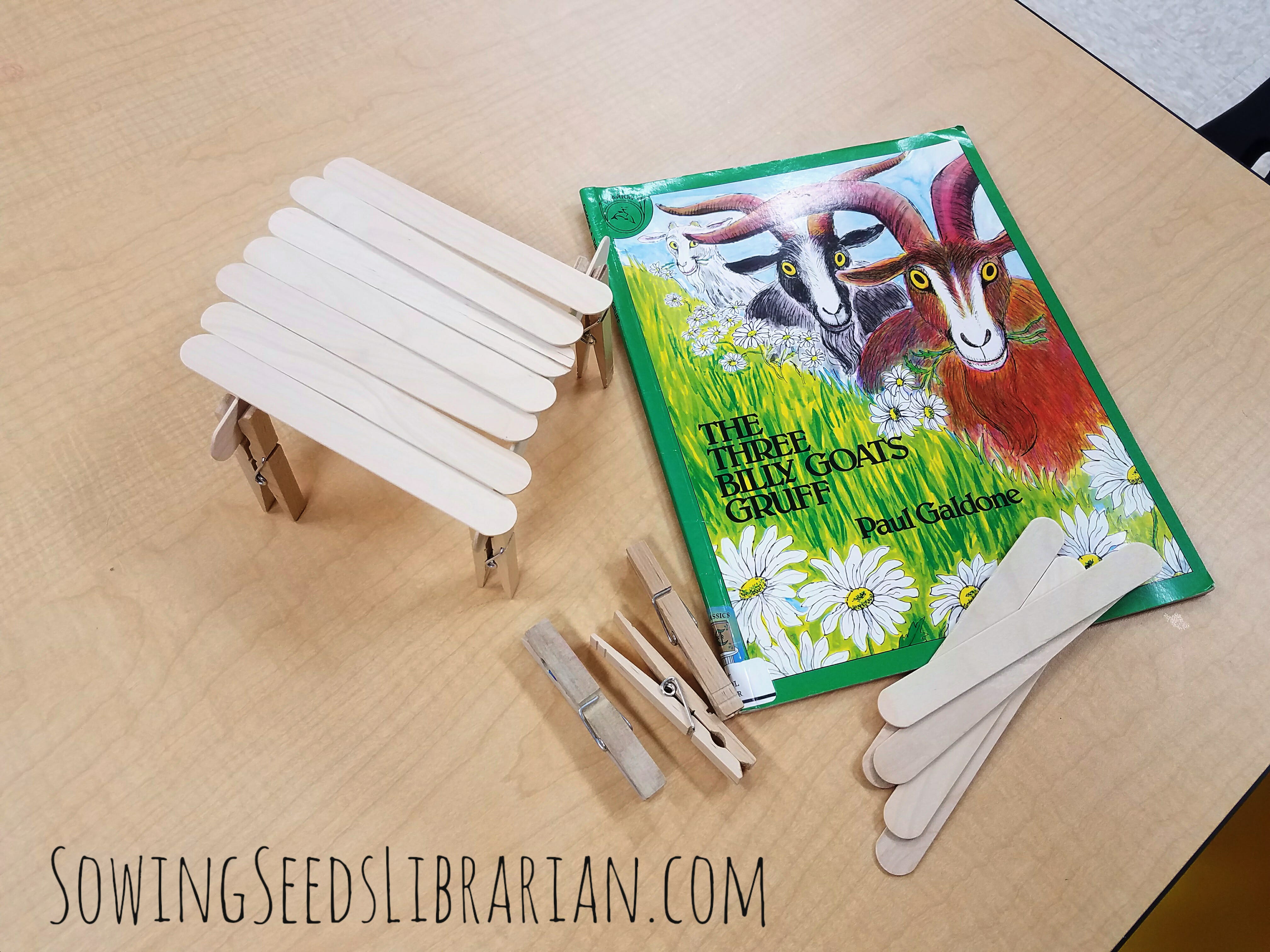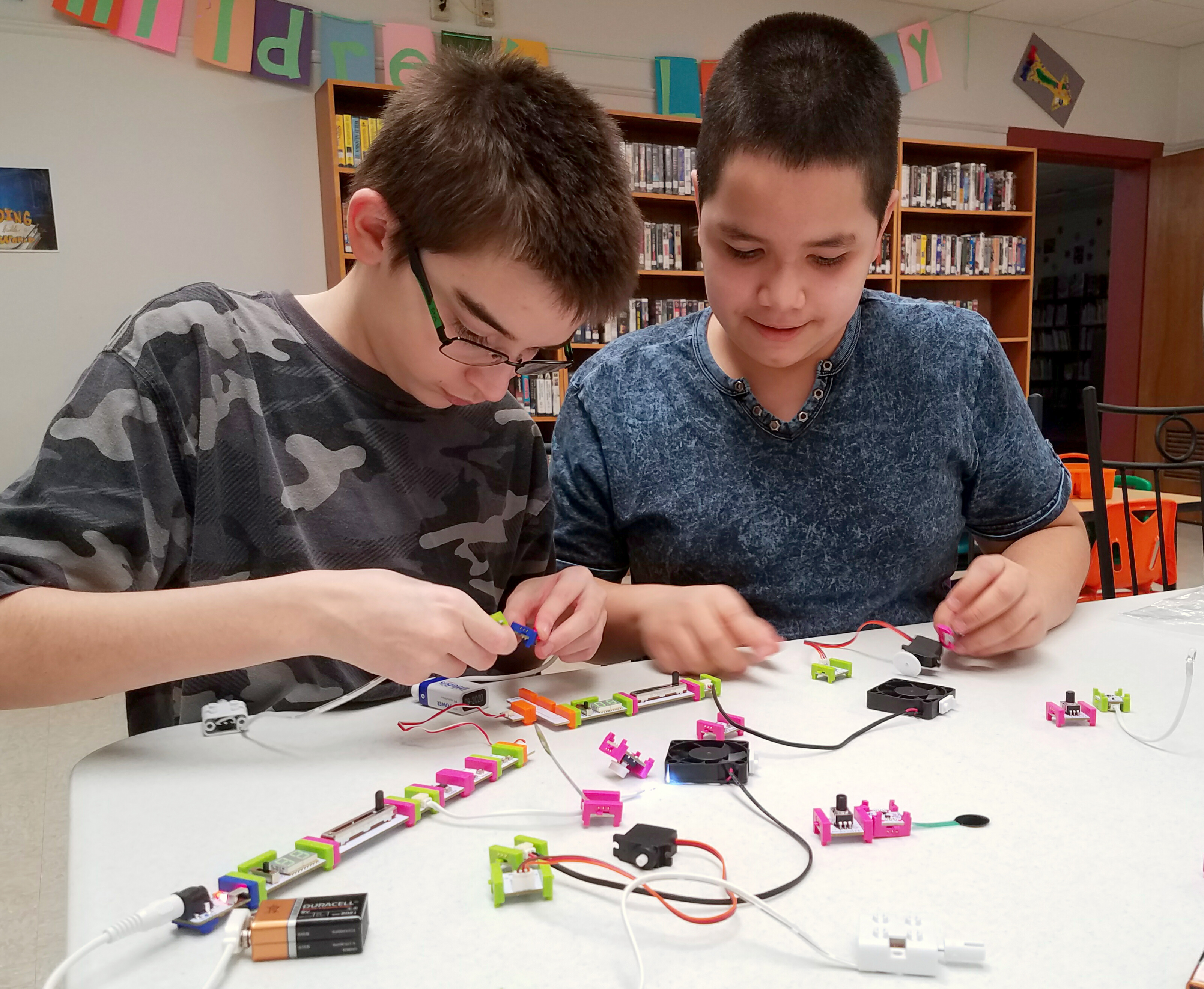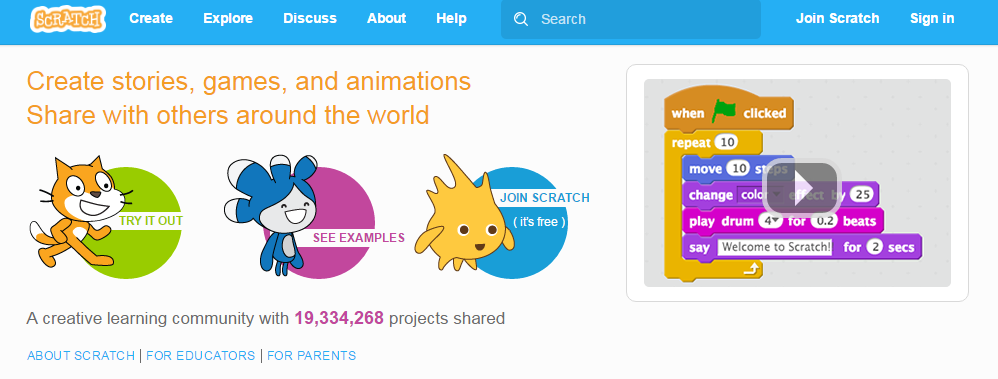The skinny: We did this program as a book club program for Kindergarten-5th grade. These fairy tale/STEM/Book Club programs were born out of a mission of mine to incorporate more literacy into our STEM programming. What better way to do that than read a great fairy tale, incorporate literacy vocabulary by talking about the characters and what the problem was in the book, and then engineering our way to a better solution?
Supplies needed: Copy paper, markers, The Little Red Hen by Paul Galdone.
Time: Plan about 30 minutes for this program. counting the time to get the kids their snack, read the book, and do the activity. So, if you are looking for a 30 minute program, this is a good one. If you need to stretch your time a little more, then try adding a closing game at the end. That is something that I hope to do next time.
How it went: These programs welcome kids in Kindergarten-fifth grade, and the younger kids really do well. The older kids tend to get bored, so I try to verbally give them additional challenges to make the STEM activity harder. It just depends on the age of your group.
I did this program as part of a thematic series using our Cookies and Milk Book Club as the weekly program to draw kids in. We hold this on Tuesdays at 3:45 pm. To prep, I buy a half gallon of milk and a value sized bag of Cookie Crunch cereal. I never know how many kids will come so when they arrive I pour the milk and cookies after the kids have arrived and while chatting with them about anything they think is important. Once they have their afterschool snack, I introduced our book, The Little Red Hen by Paul Galdone.
Everyone already knows this story, but they enjoy eating their snack and following along. It seems that even older kids really like storytime, they just don’t want to admit it. To make it more interactive, though, I do invite the kids to repeat phrases with me such as, “Not I, said the cat” and other sound effects like the sound of the Little Red Hen scratching in the dirt to plant her seeds.
After reading the story we talked about the problems the Little Red Hen faced in this book. It is really fun to hear kids reactions of how angry they can get with the Little Red Hen’s friends who are not helping out! I talked to the kids about a “Help Wanted” poster, and it can be used to help advertise when a person wants to hire someone for a job. We talked about how great it would be if the Little Red Hen was able to make a poster to get some help with all her work!
I invited the kids to create their own “Help Wanted” poster. For the younger kids we talked about what chores the Little Red Hen might need help with: planting seeds, watering seeds, bring the wheat to market, baking the bread, etc. They also drew pictures. Now, we just had a problem with how to send the posters. So, we decided to fold them into paper airplanes and fly them around the room, which we did.
Have you done Fairy Tale STEM in your library? I would love to hear your ideas!





 LittleBits has many kits to choose from, but I wanted something that would allow me to lead a whole room filled with kids in a program. I wrote my grant to purchase the
LittleBits has many kits to choose from, but I wanted something that would allow me to lead a whole room filled with kids in a program. I wrote my grant to purchase the  Today we get to work with puzzles! You only get 20 planks, and they all look the same. How many objects can you create with those 20 planks? A lot. How much fun will you have? Again…a lot!
Today we get to work with puzzles! You only get 20 planks, and they all look the same. How many objects can you create with those 20 planks? A lot. How much fun will you have? Again…a lot! We live in a binary world. Our computers, music, books, magazines, almost every form of media is digital and it all runs on the binary code. But, it is surprising how little many of us understand about the code that influences so much of our lives. For Teen Tech Week in March 2017, I wanted to do a program for tweens on coding and showing them the binary system. But, is binary code easy enough for kids to understand and write? Can we do a coding program without a computer? As we found out, the answers are yes, and yes!
We live in a binary world. Our computers, music, books, magazines, almost every form of media is digital and it all runs on the binary code. But, it is surprising how little many of us understand about the code that influences so much of our lives. For Teen Tech Week in March 2017, I wanted to do a program for tweens on coding and showing them the binary system. But, is binary code easy enough for kids to understand and write? Can we do a coding program without a computer? As we found out, the answers are yes, and yes! Put kids and marbles together and you automatically have a great time planned. Add a few lessons about Push and Pull, and you have an experiment in physics that combines fine motor skills, creative design, an understanding of force, and lots of marbles that went home with happy families. We held this program as a our second Workshop in January of 2017.
Put kids and marbles together and you automatically have a great time planned. Add a few lessons about Push and Pull, and you have an experiment in physics that combines fine motor skills, creative design, an understanding of force, and lots of marbles that went home with happy families. We held this program as a our second Workshop in January of 2017.

 Jennifer Boothroyd. I try to use a book at least for a few moments every Workshop because it shows that literacy and STEM go together in fostering curiosity! I did not read every page of this book. Instead, I prepared some post-it notes and I placed them on pages where I wanted to ask the kids questions. This helped keep the book engaging, and kids and me asking questions about what we were reading.
Jennifer Boothroyd. I try to use a book at least for a few moments every Workshop because it shows that literacy and STEM go together in fostering curiosity! I did not read every page of this book. Instead, I prepared some post-it notes and I placed them on pages where I wanted to ask the kids questions. This helped keep the book engaging, and kids and me asking questions about what we were reading.




